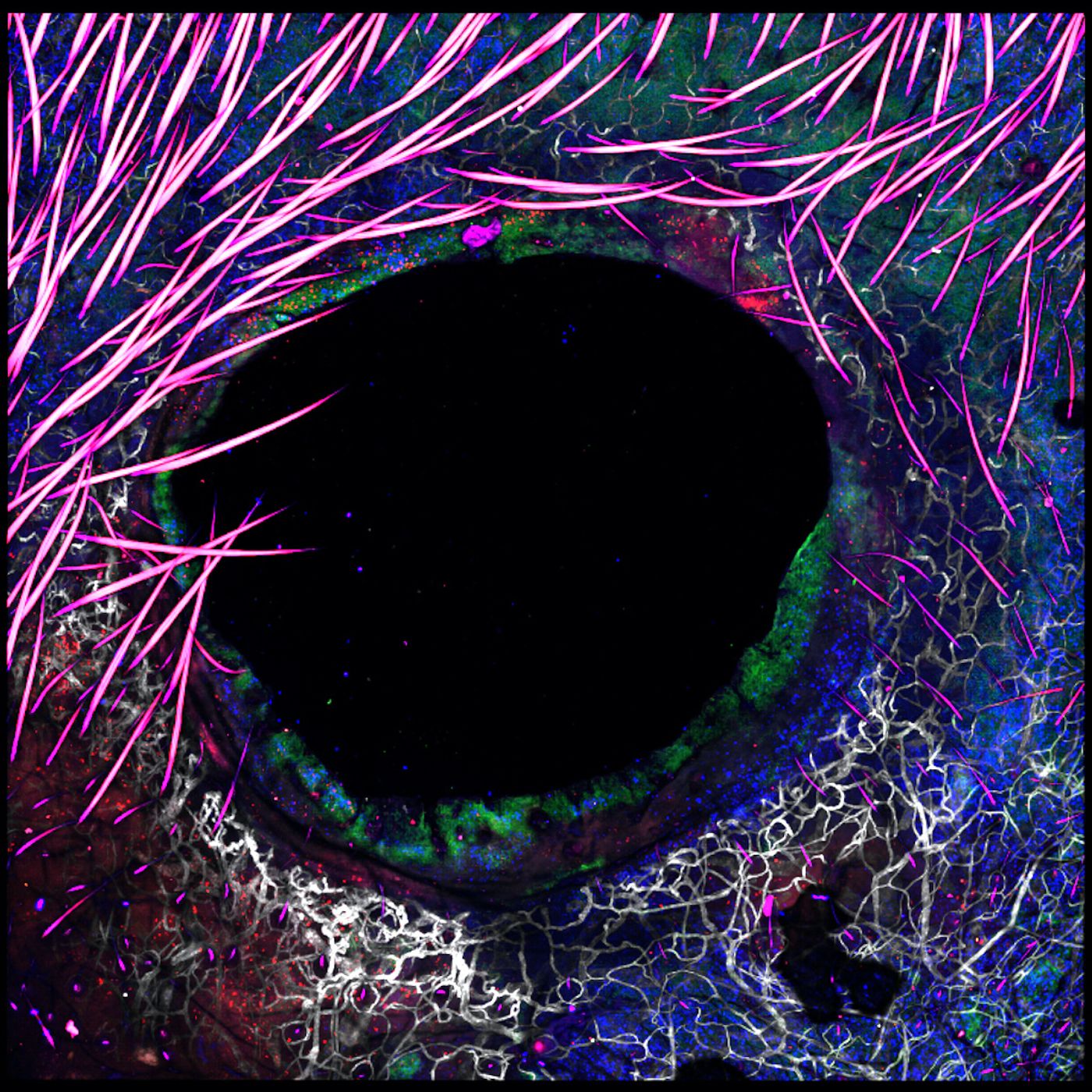Deciphering the Signals Between Invaders & Immune Cells
Our immune system is a crucial, and has to be ready to respond to a variety of external threats that we are constantly exposed to, as well as internal threats, like cancer cells. But the immune response must also be controlled. Overactive or aberrant immunity can create problems of their own; turning it off is just as important. The immune response, and the signals and cells it uses, is very complex, as turning it on.
T cells are critical players in immunity; they can move through the body, circulating through the blood and moving into tissues to identify pathogens by molecules on their surfaces, called antigens. Specific T cells are primed to recognize certain antigens, and if all is well in the immune system, they will ignore cells displaying antigens of the body or self. When non-self antigens are found, T cells will activating an immune response, and signal for help from inflammatory molecules called cytokines.
Researchers have now learned more about measuring the strength of the T cell response. It's been difficult, until now, to see how well an antigen could activate immunity. If researchers can now determine antigen strength, that data could potentially predict the efficacy of a vaccine or immunotherapy. The findings have been reported in Science.
"You might think that there are many, very different parameters in the immune response that are crucial," such as how many T cells are fighting an invader, or how much of a pathogen is present. "But the big surprise is that actually, what really matters is antigen strength," noted study co-author Dr. Paul François of McGill University.
In this study, the scientists set up dozens of parallel experiments that were performed with robotics, to observe how T cells reacted to different conditions or antigens. Machine learning was used to analyze the data that was generated, and mathematical models were created that revealed patterns; this showed that there are some simple rules governing what seems to a set of very complex variables. The cytokines that were triggered during the immune response appear to convey information about what type of antigen was found on the invader. The research also indicated that there are six classes of antigens that each activate distinct cellular responses, and not only three as commonly thought.
"This supports the idea that immune responses exist along a spectrum rather than as a binary on-off switch," suggested François. "There may be different levels of immune response that can be tuned to the right level of alert depending on the complexity of the situation."
This research could lead to more effective immunotherapies that use T cells that specifically target an individual's tumors.
Sources: McGill University, Science









